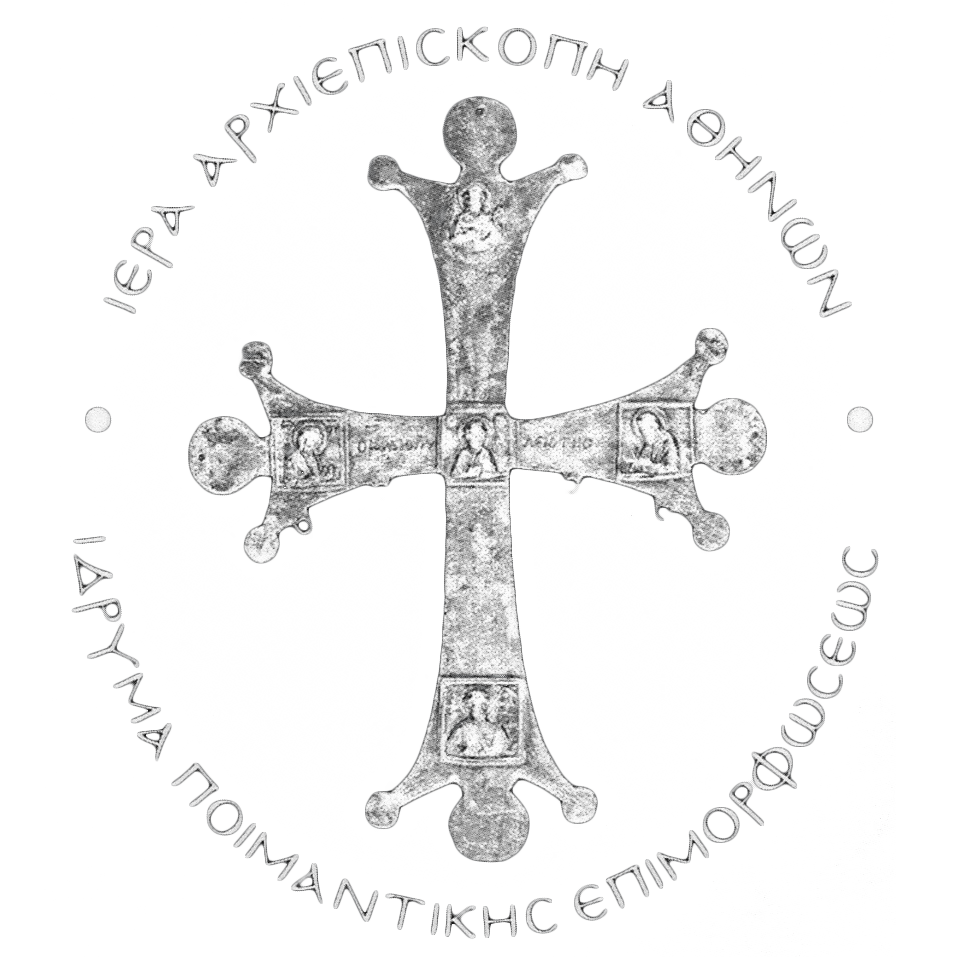
ATHENIAN ARMOSIS
RELICS
T
he word keimilion comes from the verb keimai and is the neuter of the adjective keimilios, that is the hoarded. This verb is connected to the place where someone lies down and sleeps. From the subject of this verb are formed - apart from kemilion - the Greek words koiti, krononas, look, korida, sleep, coma. To the same etymological family belongs the important Latin word civis which means citizen, with the producer of the noun civitas which is the state.
The word heirloom originally meant something that lies, is placed somewhere for safekeeping, or something that can be placed somewhere. Similar was the original meaning of the words treasure, treasure and theme. But from the meaning of the simple storage of valuable possessions and other elements the word passed to the very meaning of the preciousness of things. Already in Homer the word is used mainly for objects of value. From there arose the position of Keimiliarchis, who kimelios or keimilioi, that is, hoards the heirlooms in the Keimiliarchion or Keimiliofylakion.
In today's language, reference is made to sacred relics of a monastery, ancestral relics, objects that are family heirlooms, etc. For the needs of the digitization of the sacred relics stored in the parish churches of the Holy Archdiocese of Athens, six large grouped categories were created, which are not watertight. Each relic may have multiple properties and functions. For a reason, a Holy Chalice could be classified in the category of metal relics. Its use, however, classifies it in the category of heirloom sacred vessels, specifically those used during the celebration of the Divine Liturgy and so on.



